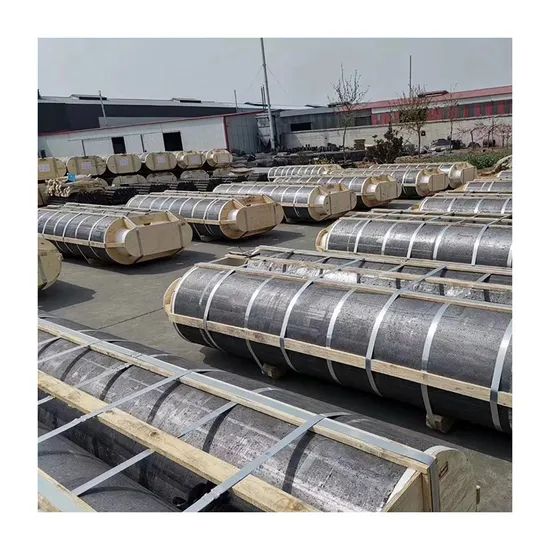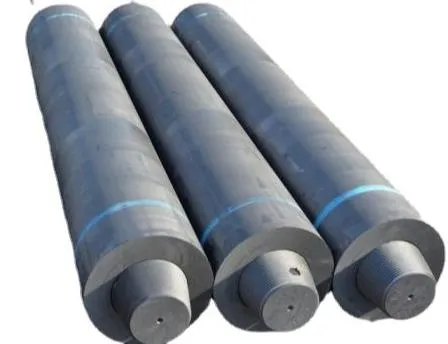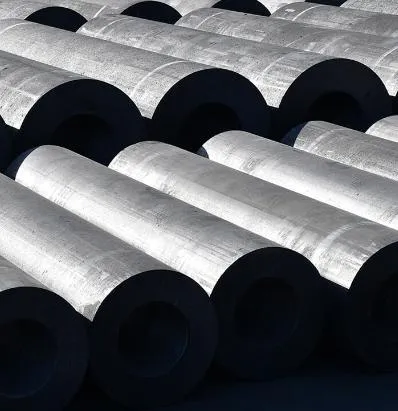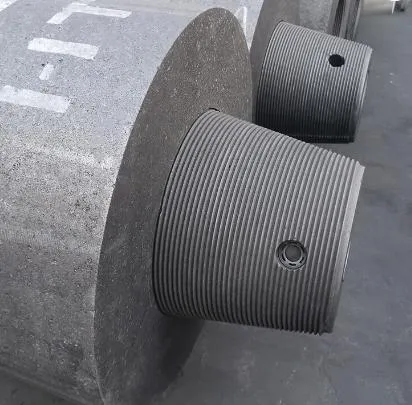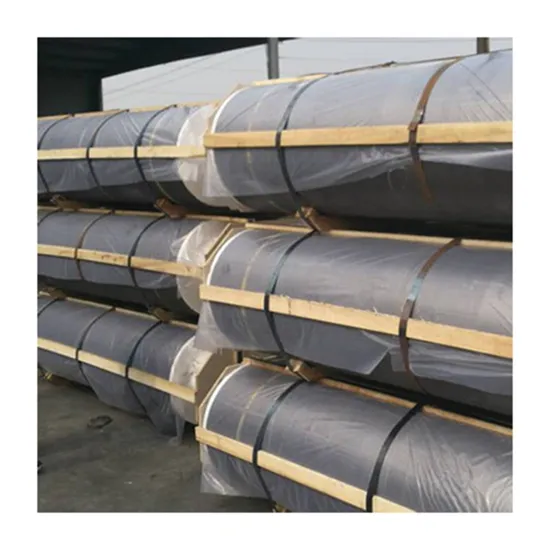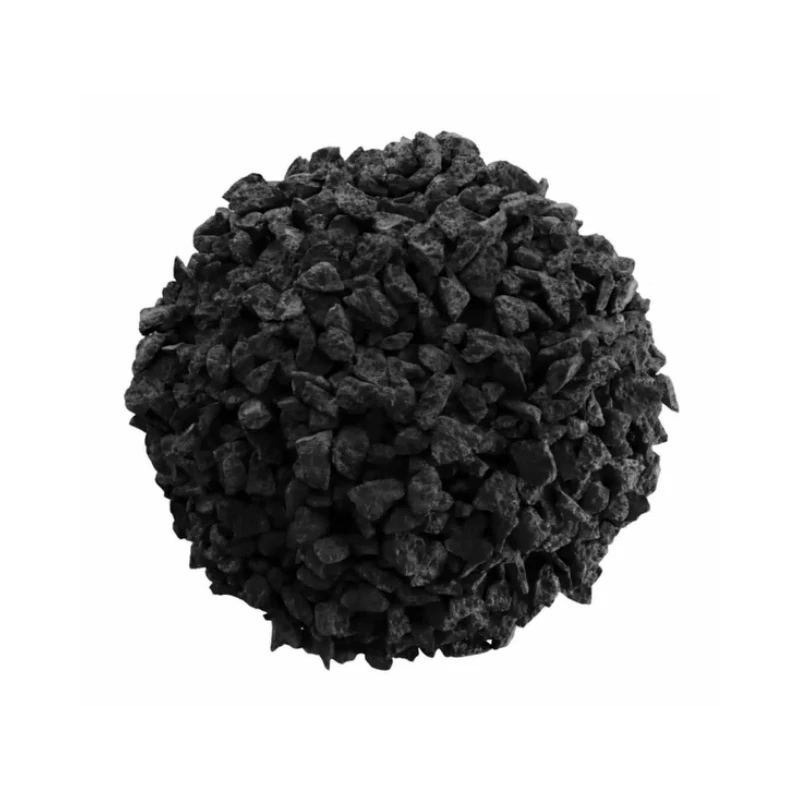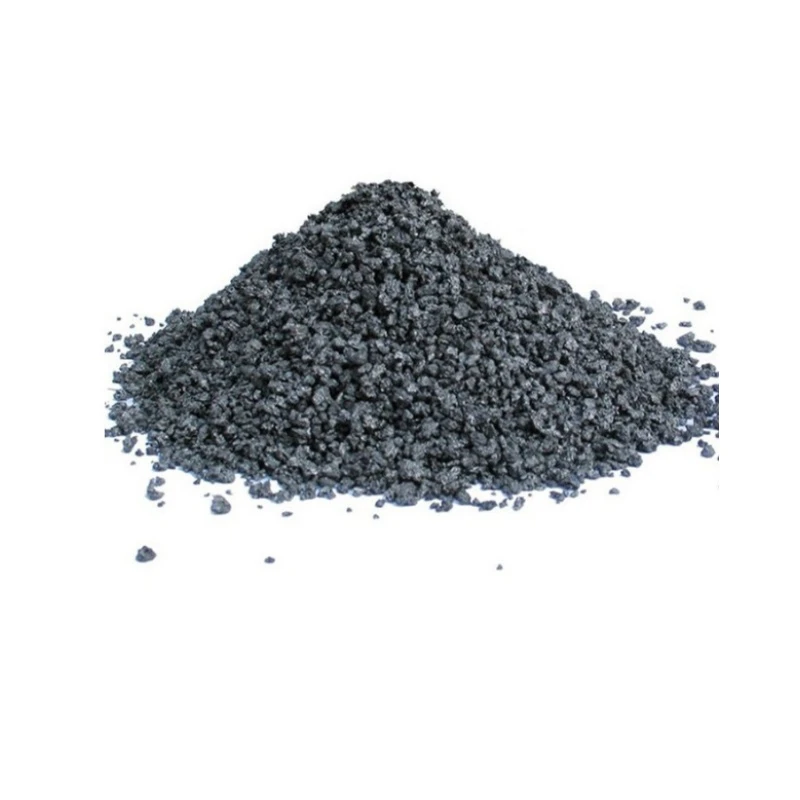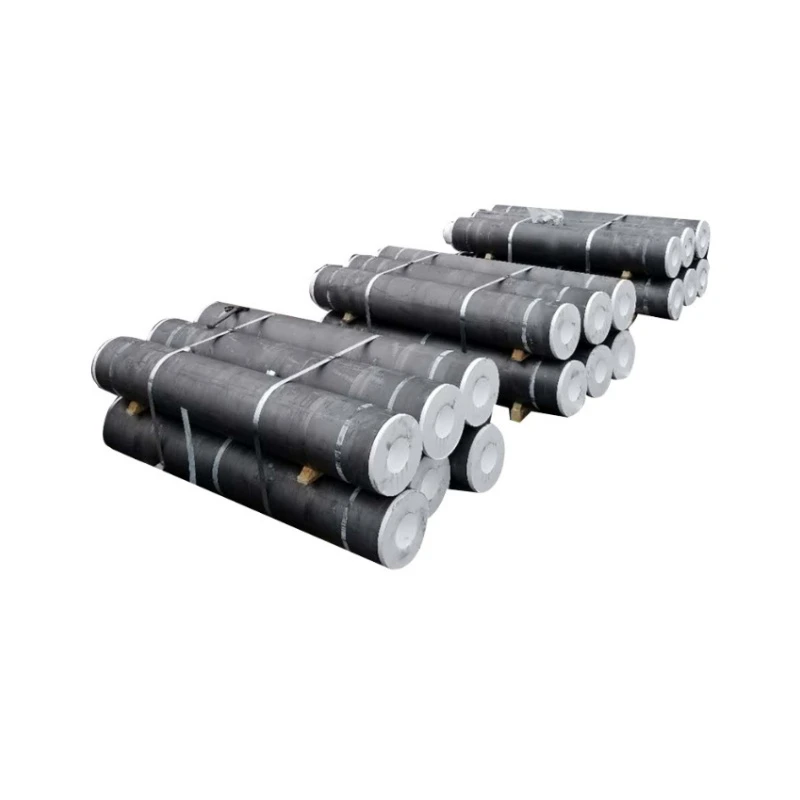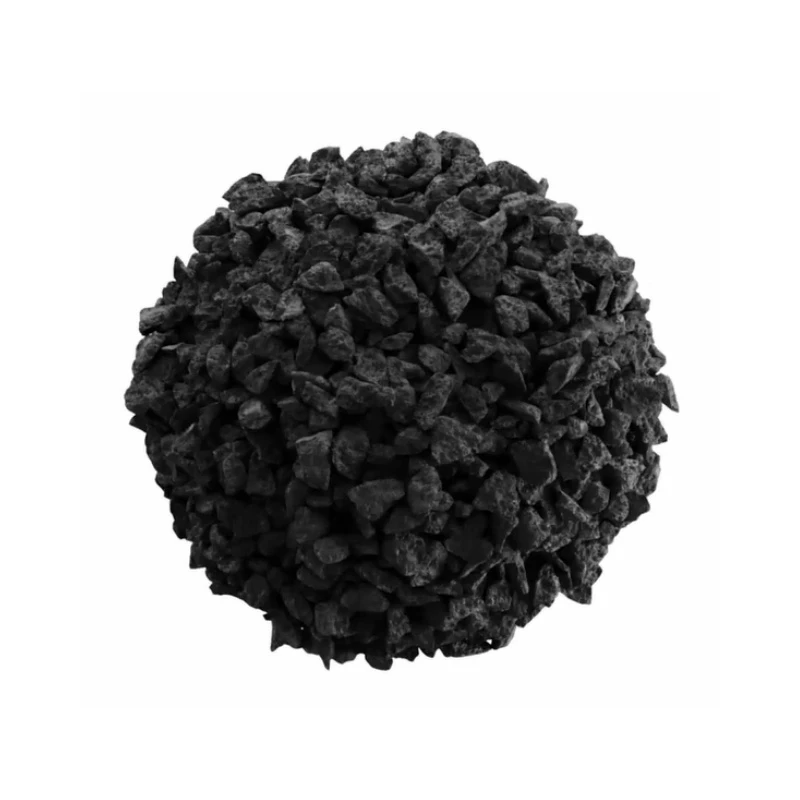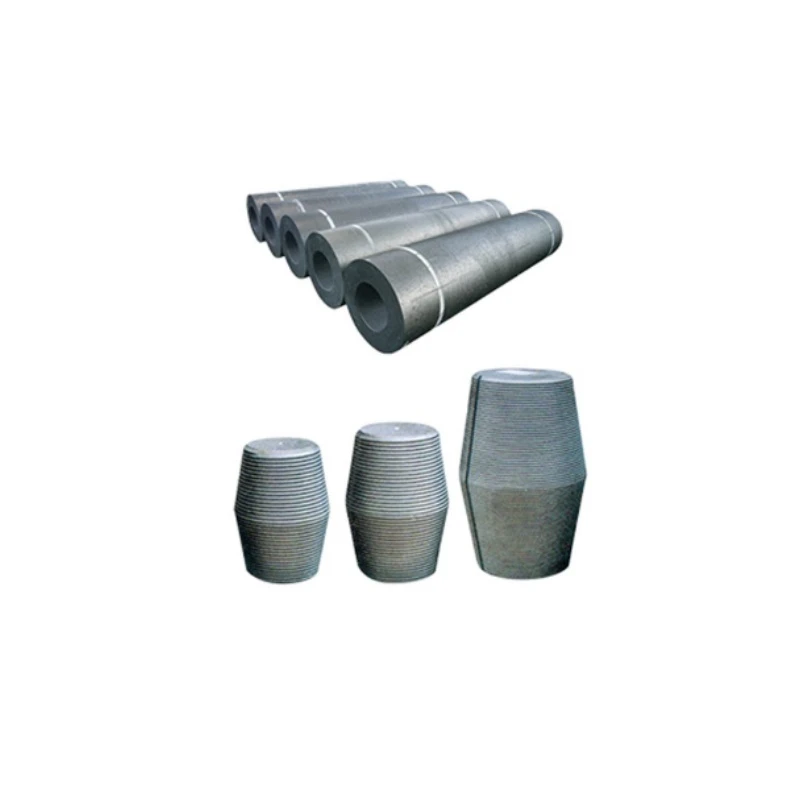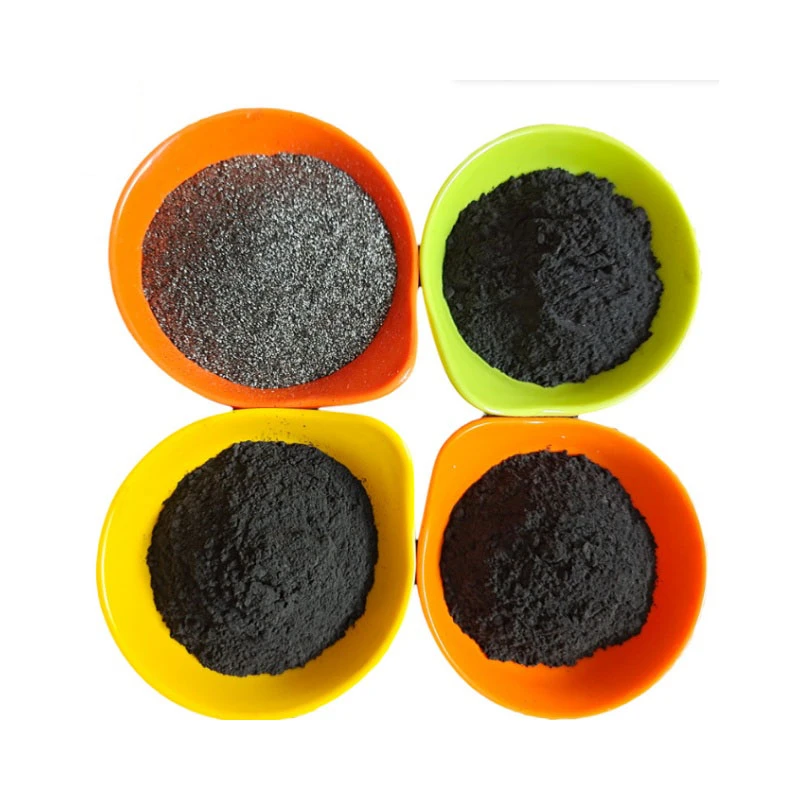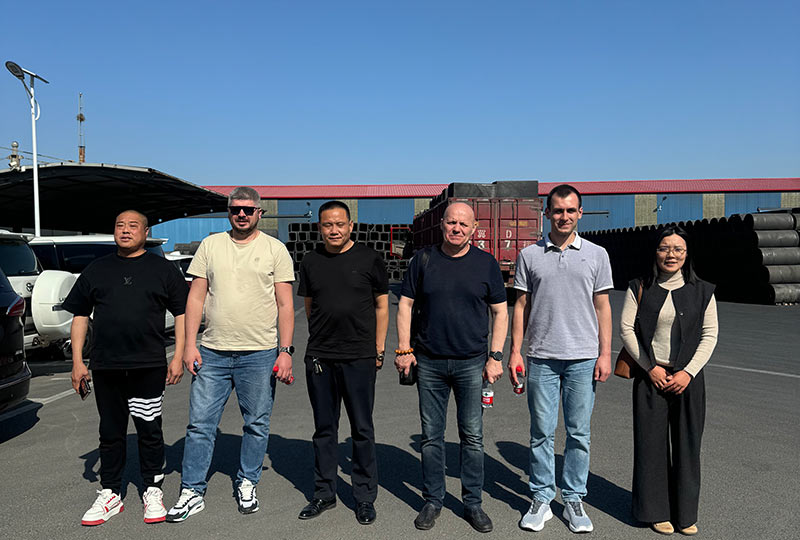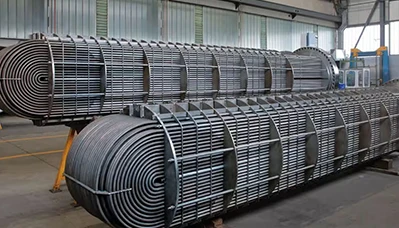- Englist



Understanding Cellulose Acetate Tow: A Core Component in Modern Industries
Cellulose acetate tow, a synthetic fiber derived from cellulose, primarily wood pulp, stands as a versatile and indispensable material across various industrial applications. Its unique chemical and physical properties make it a preferred choice for specialized filtration, textile, and medical uses. The manufacturing process of acetate tow involves esterification of cellulose, leading to a polymer that can be spun into continuous filaments. These filaments are then crimped and bundled into tow, characterized by its denier per filament (DPF) and total denier. Our product offerings, including the acetate tow uses, specifically our 2.5y30000, 3.0y30000 Acetate Tow, and the 4.0y35000, 5.0y30000 Cellulose Acetate Tow, exemplify the pinnacle of engineering precision and material science. These variations cater to diverse industrial requirements, from high-efficiency filtration media to specialized textile applications where breathability, smoothness, and biodegradability are paramount. The inherent properties of cellulose acetate, such as its selective filtration capabilities and biocompatibility, position it as a critical material in sectors demanding high purity and performance, offering solutions that are both technologically advanced and environmentally conscious. The global demand for these materials continues to surge, driven by stricter environmental regulations and the need for more efficient industrial processes, solidifying the role of acetate tow as a cornerstone of modern manufacturing.
The Advanced Manufacturing Process and Quality Assurance
The production of high-quality cellulose acetate tow is a meticulously controlled multi-stage process, beginning with the careful selection of cellulose raw material, typically high-purity wood pulp or cotton linters. This cellulose undergoes acetylation, reacting with acetic anhydride to form cellulose acetate flakes. These flakes are then dissolved in a solvent, often acetone, to create a viscous spinning dope. This dope is precisely extruded through spinnerets, a process known as dry spinning, where the solvent rapidly evaporates, leaving behind solid filaments. The newly formed filaments are then drawn, crimped, and bundled into a continuous tow, optimizing their bulk and filtration efficiency. Each step, from raw material inspection to the final crimping and drying, adheres to stringent quality control protocols, including international standards such as ISO 9001 and specific industry benchmarks for fiber characteristics. Our commitment to excellence ensures that products like the 2.5y30000 and 3.0y30000 Acetate Tow meet rigorous specifications for denier, cross-section, crimp stability, and tensile strength. The inherent advantages of proper processing are evident in the final product's performance, offering exceptional uniformity and reliability for critical industrial applications, including superior anti-corrosion properties in filtration systems and enhanced energy efficiency in air purification units. This robust manufacturing framework guarantees a consistent supply of premium quality acetate tow uses, critical for maintaining operational integrity and efficiency across diverse industrial sectors.

Key Technical Parameters and Performance Specifications
The performance and suitability of cellulose acetate tow for specific applications are dictated by a precise set of technical parameters. Understanding these specifications is crucial for industrial buyers and engineers. Key parameters include denier per filament (DPF), which indicates the fineness of individual filaments, and total denier, representing the overall linear mass density of the tow bundle. Cross-sectional shape (e.g., Y-shape, round) significantly impacts filtration efficiency and surface area, while crimp count and crimp stability affect the tow's bulk, pressure drop, and retention capacity. Moisture content, breaking strength, and elongation are vital for handling, processing, and durability. Our 4.0y35000 and 5.0y30000 Cellulose Acetate Tow products are engineered with these precise specifications to meet demanding industrial needs. For instance, a higher DPF typically means coarser fibers suitable for rough filtration, while lower DPF is preferred for fine particulate removal or softer textile feel. The consistency of these parameters, maintained through stringent quality control and verified by ISO-certified testing, ensures reliable performance and longevity, often exceeding industry benchmarks for use-life. These precise specifications define the optimal acetate tow uses in critical applications, from specialized chemical filtration in the petrochemical industry to advanced air purification systems, ensuring optimal operational efficiency and reduced maintenance costs over the long term.
Typical Cellulose Acetate Tow Specifications
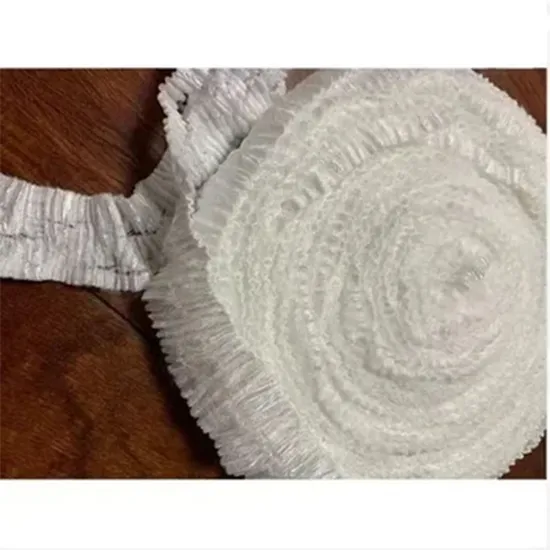
Diverse Application Scenarios of Acetate Tow
The versatility of cellulose acetate tow extends across a broad spectrum of industries, driven by its unique combination of properties, including excellent filtration capabilities, biodegradability, and biocompatibility. The most prominent among the acetate tow uses is in the manufacture of cigarette filters, where its ability to selectively remove certain components from smoke while allowing others to pass through is invaluable. Beyond this primary application, it is extensively utilized in various industrial filtration systems, including air filtration, water purification, and specialized chemical separation processes in sectors like petrochemicals and pharmaceuticals. Its fine denier and crimped structure create an intricate matrix ideal for capturing microscopic particles, while its chemical resistance ensures durability in diverse environments. In the textile industry, cellulose acetate fibers derived from tow are prized for their soft hand-feel, luxurious drape, and moderate moisture absorption, making them suitable for linings, apparel, and home furnishings. Furthermore, its non-toxic nature and comfort have led to its adoption in medical applications, such as wound dressings and surgical components. This broad applicability, coupled with ongoing innovations in fiber modification, continues to expand the horizons for acetate tow uses, offering sustainable and high-performance solutions for evolving industrial demands.
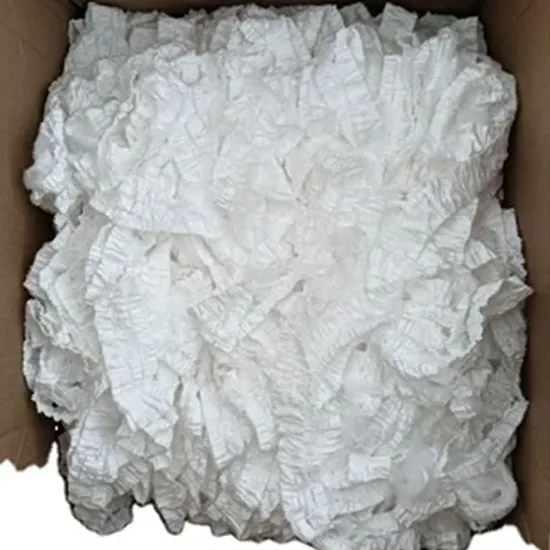
Industry Trends, Market Dynamics, and Acetate Tow Pricing
The global market for cellulose acetate tow is influenced by several key trends, including shifts in consumer preferences, stricter environmental regulations, and advancements in manufacturing technology. While the traditional demand from the tobacco industry remains significant, there's a growing emphasis on alternative acetate tow uses in specialized filtration and sustainable nonwovens, driving innovation and market diversification. The acetate tow price is subject to fluctuations based on raw material costs (primarily wood pulp and acetic anhydride), energy prices, and global supply-demand dynamics. Geopolitical factors and trade policies also play a considerable role in shaping market accessibility and cost structures for cellulose acetate tow suppliers. Sustainable manufacturing practices and the development of biodegradable alternatives are becoming increasingly important, impacting investment in R&D and influencing market competitiveness. Manufacturers capable of ensuring a consistent supply of high-quality, sustainably produced acetate tow with stable pricing will gain a significant competitive edge. Our strategic procurement and efficient production processes allow us to offer competitive pricing without compromising the superior quality of our 2.5y30000, 3.0y30000 Acetate Tow, and 4.0y35000, 5.0y30000 Cellulose Acetate Tow. These market insights are critical for our clients to make informed procurement decisions and for us to continually adapt our offerings to meet evolving industry needs and maintain our position as a reliable supplier.
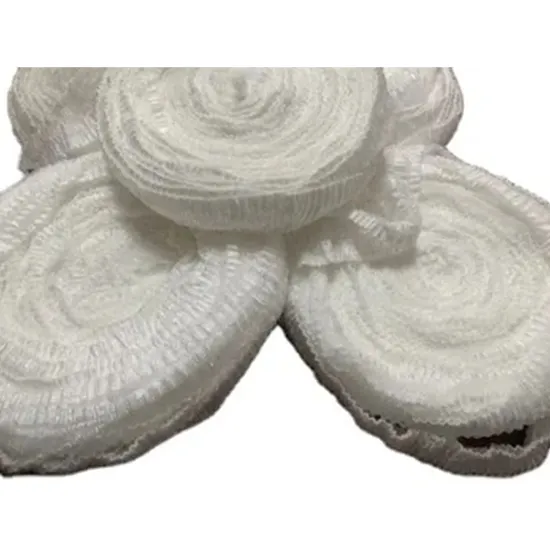
Customization and Bespoke Solutions for Specific Applications
Recognizing that standard products may not always meet the highly specialized demands of every industrial application, we offer comprehensive customization services for our cellulose acetate tow. Our technical team works closely with clients to develop bespoke solutions tailored to their unique requirements, ensuring optimal performance and efficiency. This collaborative approach involves adjusting parameters such as denier per filament (DPF), total denier, cross-sectional shape, crimp characteristics, and even specific surface treatments to achieve desired filtration efficiencies, flow rates, or textile properties. For example, a client in the chemical processing industry might require a specific tow type to manage aggressive solvents, demanding enhanced chemical resistance and precise pore size distribution. Similarly, a medical device manufacturer might need ultra-fine DPF for biocompatibility and precise fluid handling. Our extensive R&D capabilities and flexible manufacturing processes enable us to produce customized versions of 2.5y30000, 3.0y30000 Acetate Tow, and 4.0y35000, 5.0y30000 Cellulose Acetate Tow that precisely align with these niche demands. This capability to deliver tailored acetate tow uses underscores our commitment to partnership and innovation, providing clients with a competitive edge and ensuring the long-term success of their specialized applications.
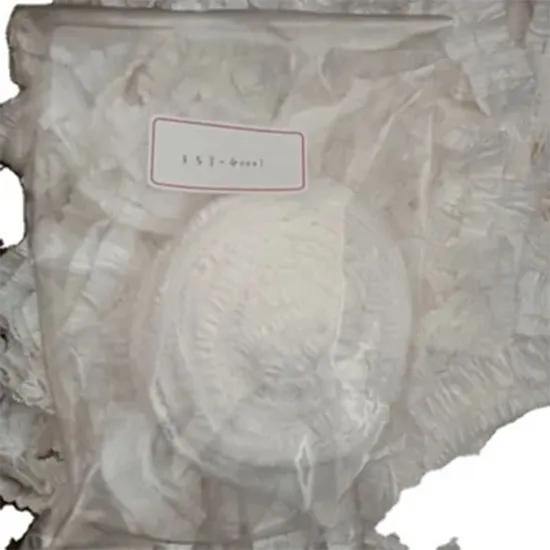
Comparative Advantage and Real-World Application Cases
In a competitive market populated by numerous cellulose acetate tow suppliers, our commitment to superior quality, consistent supply, and unparalleled customer support sets us apart. We differentiate ourselves through rigorous adherence to ISO-certified production standards, ensuring that every batch of our 2.5y30000, 3.0y30000 Acetate Tow, and 4.0y35000, 5.0y30000 Cellulose Acetate Tow meets the highest global benchmarks. This unwavering quality minimizes manufacturing defects and optimizes processing efficiency for our clients, leading to significant cost savings and enhanced product reliability. Our long-standing partnerships with leading manufacturers in the tobacco, air purification, and medical sectors serve as powerful testimonials to our product's efficacy and our service reliability. For instance, a major European filtration company significantly improved their particle capture rates and extended filter lifespan by switching to our precisely engineered tow. In another instance, a prominent Asian textile producer achieved superior fabric drape and dye uptake by integrating our specific acetate tow variant into their weaving process. These real-world application cases underscore the tangible benefits of choosing a trusted supplier committed to excellence. Our technical support team provides comprehensive guidance on optimal acetate tow uses, ensuring that clients can fully leverage the advanced properties of our materials for their specific end-products.
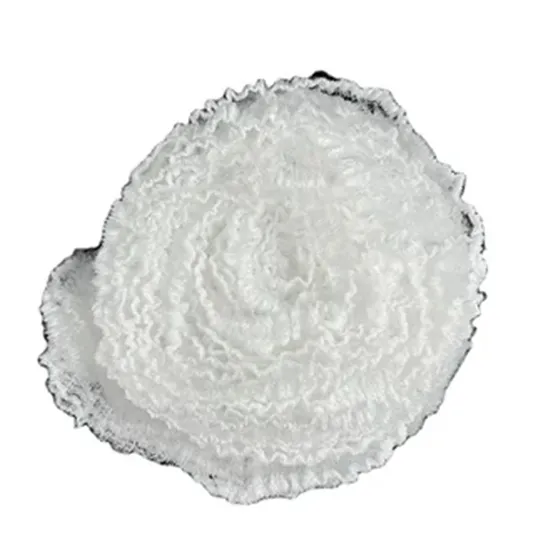
Commitment to Quality, Delivery, and Customer Support
Our dedication to customer satisfaction is rooted in an unwavering commitment to product quality, reliable delivery, and robust after-sales support. Every shipment of our cellulose acetate tow undergoes stringent quality control checks, including adherence to ISO 9001 and other relevant industry certifications, ensuring consistency from batch to batch. We understand the critical nature of timely supply in industrial operations; therefore, our supply chain is optimized for efficiency and reliability, offering clear delivery timelines and proactive communication regarding order status. For bulk orders, flexible logistics solutions are available to meet varied client requirements. Furthermore, our products come with a comprehensive quality assurance warranty, reflecting our confidence in their performance and durability for diverse acetate tow uses. Should any technical queries or support needs arise, our dedicated customer service and technical support teams are readily available to provide expert guidance, troubleshoot issues, and offer solutions that maximize the value of our products. This holistic approach to client engagement builds long-term trust and underscores our reputation as a dependable partner in the global market for `acetate tow uses`, ensuring that your operational needs are met with precision and reliability.
Frequently Asked Questions (FAQ) about Acetate Tow Uses
Q1: What is the primary advantage of cellulose acetate tow over other synthetic fibers for filtration?
The primary advantage lies in its unique balance of selective filtration, biodegradability, and excellent processability. Unlike many synthetic polymers, cellulose acetate is derived from a renewable resource (cellulose), making it a more environmentally friendly option. Its specific molecular structure and the ability to control cross-sectional shapes (e.g., Y-shape) and crimp properties allow for highly efficient and selective removal of particulate matter, gases, or liquids in complex filtration systems. This makes it ideal for critical acetate tow uses where both performance and environmental considerations are important, such as in specialized air and liquid purification systems in the pharmaceutical and food and beverage industries.
Q2: How does the "Y" shape denier mentioned in your product names (e.g., 2.5y30000) affect performance?
The "Y" in our product names like 2.5y30000 refers to the Y-shaped cross-section of the individual filaments. This specific cross-sectional geometry is highly beneficial for filtration applications. The Y-shape increases the total surface area of the fiber, enhancing its ability to trap particles and absorb substances more efficiently compared to round or oval cross-sections. Furthermore, the intricate voids created by the interlocking Y-shaped filaments contribute to improved pressure drop characteristics and optimized bulk within filter rods or nonwoven mats, which are crucial for consistent performance in various acetate tow uses, especially in cigarette filters and industrial air filters.
Q3: What are the typical delivery times for large-volume orders of acetate tow, and what is your quality assurance process?
For large-volume orders of our 2.5y30000, 3.0y30000 Acetate Tow, or 4.0y35000, 5.0y30000 Cellulose Acetate Tow, typical delivery times range from 3 to 6 weeks, depending on the specific product variant, customization requirements, and order volume. We maintain robust production capacities and a streamlined logistics network to ensure timely fulfillment. Our quality assurance process is comprehensive, starting from the rigorous inspection of raw materials, continuous in-process monitoring of spinning and crimping, and final product testing against precise technical specifications (e.g., DPF, total denier, crimp, moisture content). All our production facilities adhere to ISO 9001 standards, and each batch is accompanied by a Certificate of Analysis, guaranteeing consistent quality for all acetate tow uses.
Conclusion and Future Outlook
Cellulose acetate tow remains a critically important material, with its diverse acetate tow uses spanning from highly specialized filtration media to sophisticated textile applications. As industries continue to evolve, driven by demands for higher performance, greater efficiency, and increased sustainability, the role of advanced materials like our 2.5y30000, 3.0y30000 Acetate Tow, and 4.0y35000, 5.0y30000 Cellulose Acetate Tow will only expand. Our unwavering commitment to quality, backed by rigorous manufacturing processes and comprehensive technical support, positions us as a leading supplier capable of meeting the most challenging industrial demands. We actively invest in research and development to innovate new solutions, refine existing products, and explore novel acetate tow uses, ensuring that our offerings remain at the forefront of material science. Partner with us to leverage the full potential of cellulose acetate tow for your critical applications, benefiting from our expertise, experience, and dedication to trustworthiness and authority in the global market.
References
- Biermann, C.J. (1993). Essentials of Pulping and Papermaking. Academic Press.
- Saka, S. (2001). Wood and Cellulose Science and Technology. Marcel Dekker.
- Klemm, D., Philipp, B., Heinze, T., Heinze, U., & Wagenknecht, W. (2002). Comprehensive Cellulose Chemistry. Vol. 2: Fundamentals and Analytical Methods. Wiley-VCH.
- Hearle, J.W.S., & Morton, W.E. (2008). Physical Properties of Textile Fibres. 4th Edition. Woodhead Publishing.
- Zhang, H., & Zhou, B. (2018). Cellulose Acetate: Properties, Applications, and Recent Advances. IntechOpen.





 Pervious
Pervious
 Next
Next
